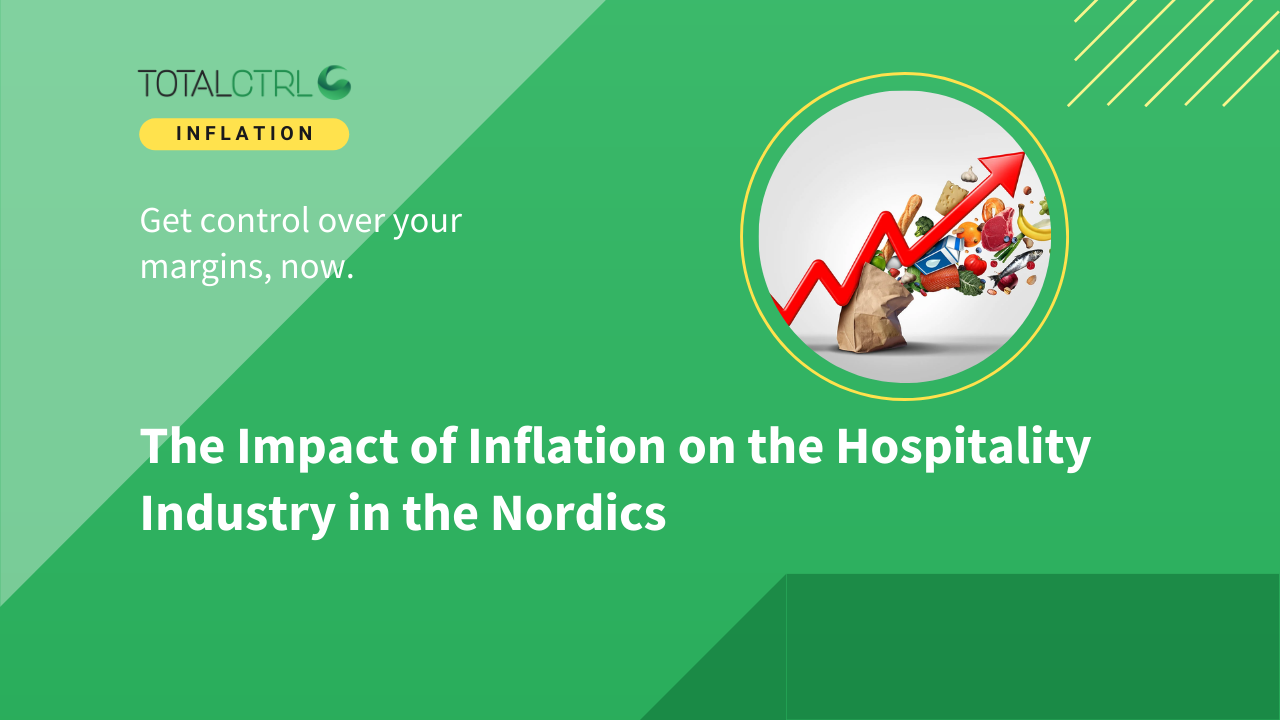
The Impact of Inflation on the Hospitality Industry in the Nordics
As inflation continues to rise across the globe, businesses in the hospitality industry are feeling the pressure, and the Nordics are no exception. With higher prices for goods and services, the cost of operating a hotel or restaurant in the Nordics is likely to increase, potentially impacting both consumers and businesses.
One of the most immediate effects of inflation on the hospitality industry is increased costs. With prices rising for goods and services, hotels and restaurants are likely to experience higher expenses for food, beverages, and other supplies needed to operate. This could result in higher prices for customers or reduced profit margins for businesses.
Furthermore, inflation can also lead to reduced demand for hospitality services. As prices rise, consumers may choose to cut back on discretionary spending, such as eating out or traveling, in order to save money. This could lead to lower occupancy rates for hotels and lower revenue for restaurants.
Another potential impact of inflation on the hospitality industry is increased wage pressure. As employees try to keep up with rising costs of living, they may demand higher wages, particularly in the Nordics, where labor laws are strong, and the cost of living is generally high. This could further increase the expenses of hospitality businesses, potentially leading to higher prices for customers or reduced profit margins.
Lastly, currency fluctuations may also affect the cost of travel and impact the hospitality industry. If the value of the local currency drops, it may be more expensive for international visitors to travel to the Nordics, potentially reducing the number of tourists and impacting the hospitality industry.
In conclusion, inflation is likely to have a significant impact on the hospitality industry in the Nordics, particularly in terms of increased costs, reduced demand, and wage pressure. To stay ahead of the curve, businesses in the industry should keep a close eye on the latest economic trends, plan for potential cost increases, and consider strategies to maintain customer demand in the face of rising prices.
Visit www.TotalCtrl.com to learn how managing your inventory and price variations will ensure better control over your margins.